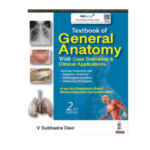
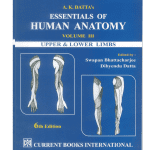
Textbook of Practical Physiology By G K Pal 6/e 2025
₹975.00 Original price was: ₹975.00.₹683.00Current price is: ₹683.00.
- Author : G K Pal, Pravati Pal
- Edition : 6th
- Year : 2025
- Publisher : Universities Press (India) Pvt. Ltd.
- Language : English
- Paperback : 544 pages
- ISBN-13 : 9789349750180
- Dimensions : 28 x 3 x 21 cm
- Condition : New


Trustindex verifies that the original source of the review is Google. NicePosted onTrustindex verifies that the original source of the review is Google. Medical books and accessories at affordable and discounted pricePosted onTrustindex verifies that the original source of the review is Google. GoodPosted onTrustindex verifies that the original source of the review is Google. Has all the medical equipments
Textbook of Practical Physiology has been greatly appreciated by students, residents, members of faculty, laboratory technical officers, and practicing physicians in India and abroad for about two and a half decades. The popularity of this book can be attributed to the fact that it fulfils all the requirements of students and teachers—imparting detailed knowledge of techniques, helping to develop practical skills, and guiding their application in physiology and medicine. With the introduction of the revised NMC CBME – 2024 curriculum, there is a clear shift towards an evidence-based, objective-oriented, clinically-focussed, and skill-based, integrated curriculum. Particularly notable are the new directives for ‘Early Clinical Exposure (ECE)’—starting from the first year and allowing students to learn through real patient interactions and continuous assessments that use logbooks, OSPE (Objective Structured Practical Examination)/OSCE (Objective Structured Clinical Examination), and structured practical training and evaluation conducted throughout the year at regular intervals instead of a single final practical exam. Textbook of Practical Physiology was the first book on the subject to introduce learning objectives, objectivised structured methodology, and organised assessments. The inclusion of OSPE as part of practical assessment was first introduced in this textbook in its inaugural edition in 2001. Various sections of this sixth edition of Textbook of Practical Physiology—including those on hematology, human experiments, and clinical physiology—have been thoroughly revised as per the revised NMC CBME – 2024. The edition has also been fortified with new chapters on assessment of body composition, basal metabolism and obesity, energy cost of work, bicycle ergometry, demonstration of arterial pulse tracing, carotid sinus reflex, venous blood flow, venous pressure, and triple response, demonstration of H reflex, demonstration of physiologic blind spots, stereoscopic vision, dominance of the eye, subjective visual sensation, mechanical stimulation of the eye, demonstration of near point, near response and range of accommodation, demonstration of Purkinje–Sanson images, ultrasonography as a pregnancy diagnostic test, and demonstration of masking of sound and localisation of sound. A major highlight of this edition is the enhanced VIVA section in each practical chapter, where answers to all questions are now provided with precise references to the corresponding page, paragraph, heading, subheading, figure, and table. The number of viva questions and answers has nearly doubled in every chapter. Another special feature of this edition is the incorporation of a new section—Section V: Graphs, Charts, Calculation and Problem-Solving Questions—which includes three new chapters to further facilitate the understanding of intricate but important concepts, clinical applications, problem-based learning, and analytical interpretation of various physiological measurements (calculations). Several new flowcharts, figures, and tables have been added to simplify the perception of applied and clinical concepts. This book is specially designed for step-by-step learning through practicals and experiments, which are vital to medical students seeking to develop expertise in clinical medicine. Many illustrations have been meticulously revised, redrawn, and re-represented to facilitate the assimilation of various techniques. The sixth edition of the Textbook of Practical Physiology is a comprehensive practical textbook on the subject for undergraduate and postgraduate students of physiology and medicine.
Search Tags: pal practicals, gk pal prac
| Weight | 1 kg |
|---|
You must be logged in to post a review.
We ship your books within 24 hours of placing an order. We take extra care to ensure your books are carefully checked for damages or missing pages before they are packed. You will receive routine SMS updates about the status and location of your package. In the event that these messages do not reach you, please feel free to reach out to us via the WhatsApp button on the lower-left corner of your screen and we will gladly share the tracking details with you.
Books once dispatched should reach you in 3 to 4 working days.
Oh and one last thing! .......Thank you for shopping at Prithvi :)
Related products
Textbook of Histology with color Atlas and Clinical Application By GP Pal
Gray’s Anatomy for Students (Vol1 & 2) 3rd SAE 2023 By Richard L Drake, R Veeramani
2 volume set
- Original Authors : Richard L.Drake, Wayne Vogl, Adam W.M. Mitchell
- South Asia Edition Authors : Raveendranath Veeramani, Sunil Holla
- Edition : 3rd
- Year : 2023
- Publisher : Elsevier; Standard Edition
- Language : English
- Book Type : Paperback
- Pages : 1560 pages
- ISBN-13 : 9788131267486
- Dimensions : 27.9 x 21.6 x 2.8 cm
- Condition : New
BD Chaurasia’s Human Anatomy 10/e 2026 Vol-2
Regional and Applied Dissection and Clinical Lower Limb Abdomen and Pelvis
As per the latest NMC Guidelines / Competency Based Medical Education (CBME) Curriculum under Graduate Medical Education Regulation
- Author : BD Chaurasia (original), Krishna Garg
- Edition : 10th
- Year : 2026
- Publisher : CBS Publishers and Distributors Pvt. Ltd
- Language : English
- Paperback : 612 pages
- ISBN-13 : 9789354669675
- Dimensions : 28 x 21.6 x 3.5 cm
- Condition : New


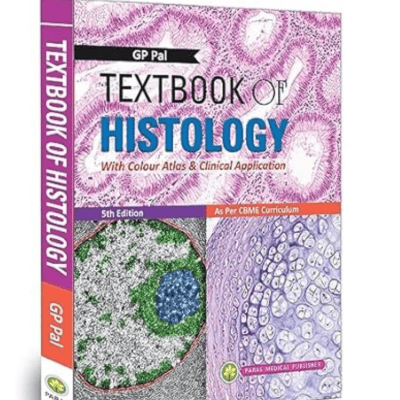
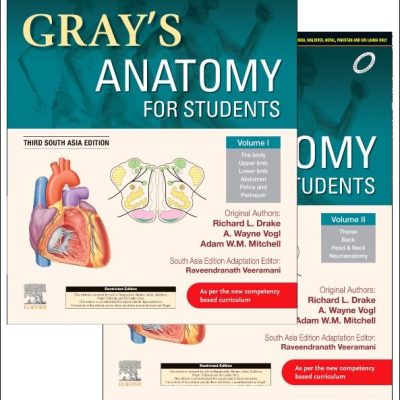
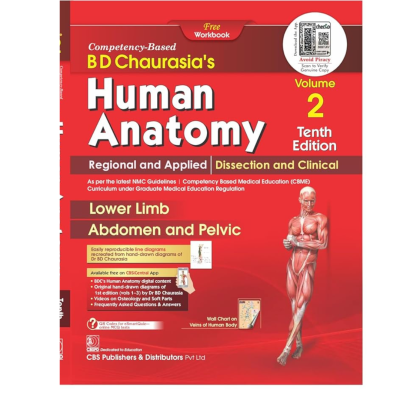
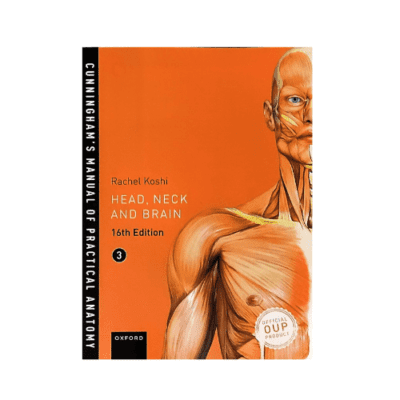
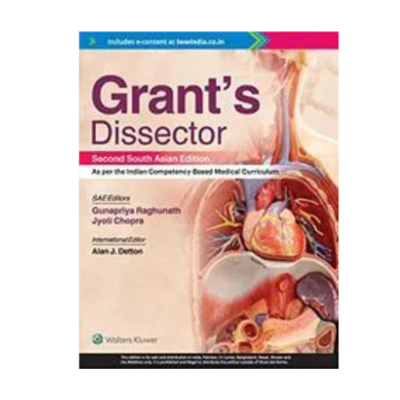
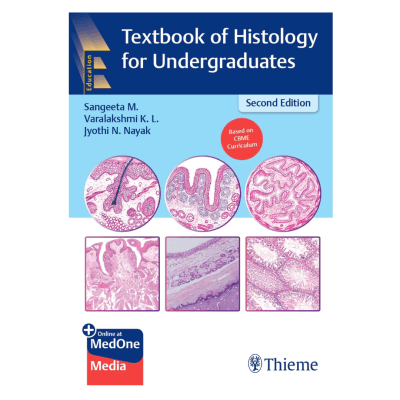

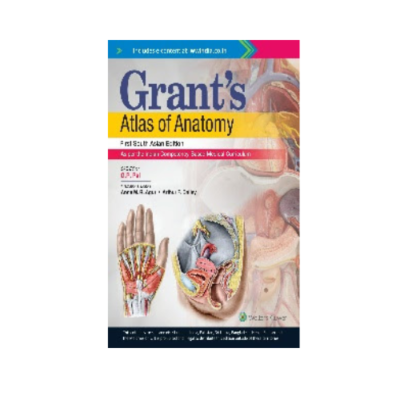
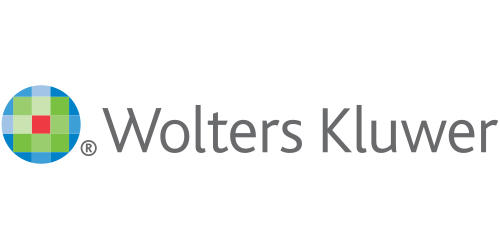


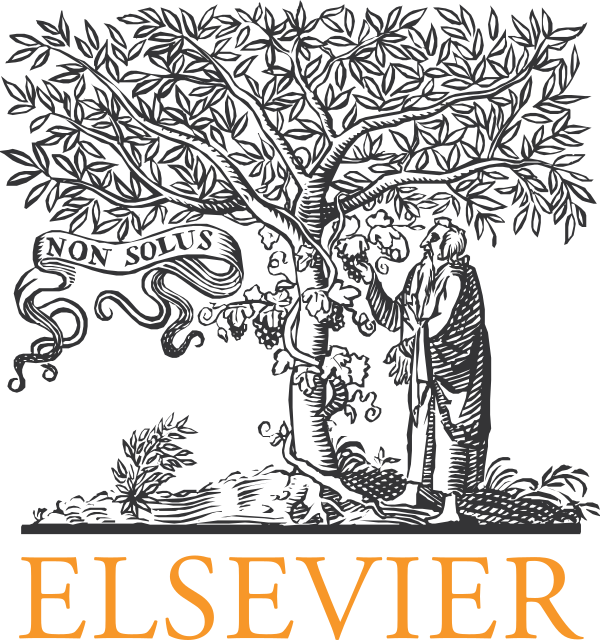

Reviews
There are no reviews yet.